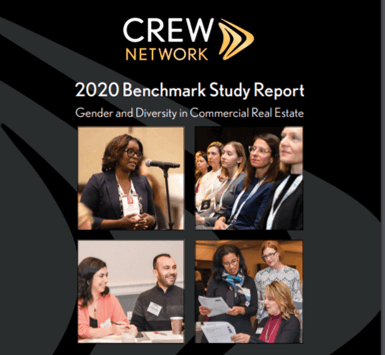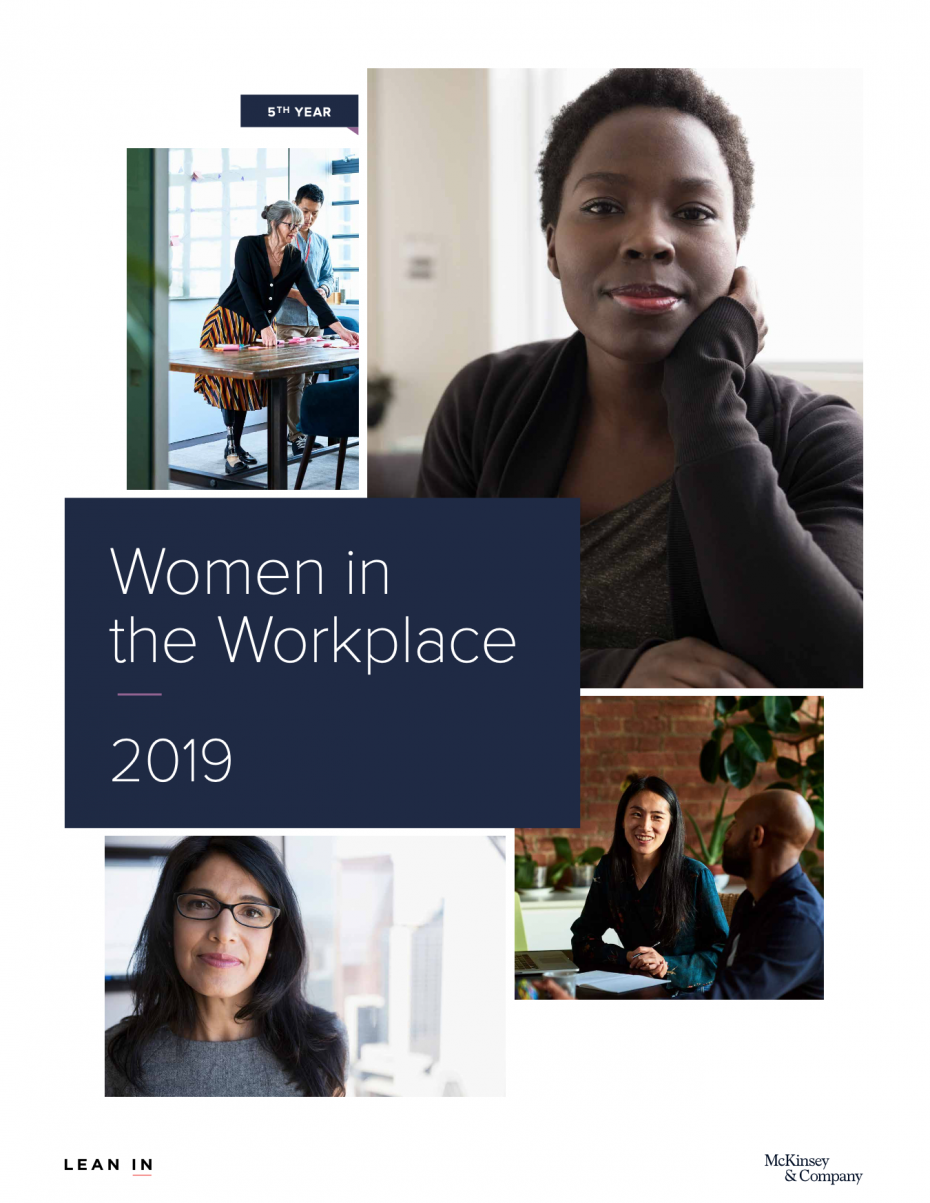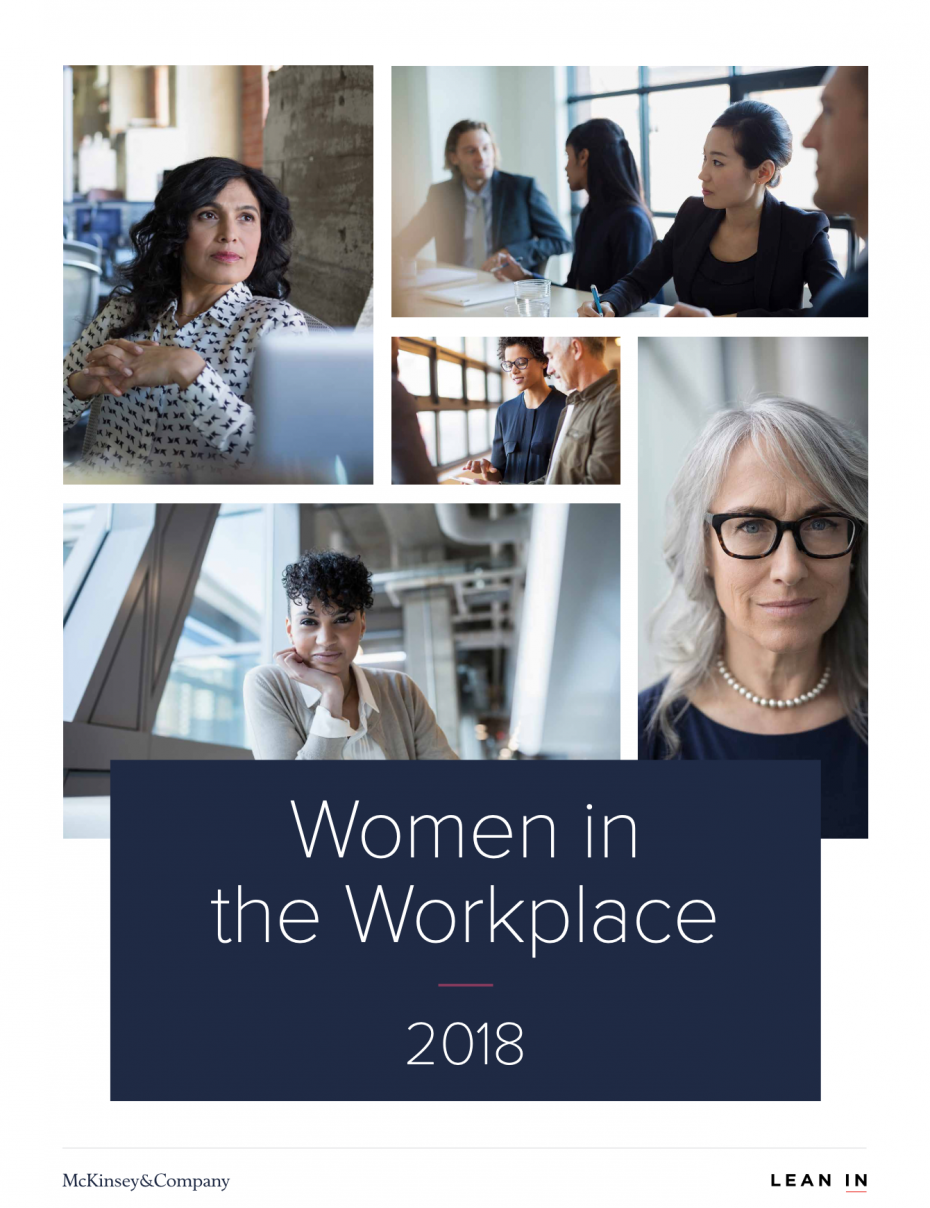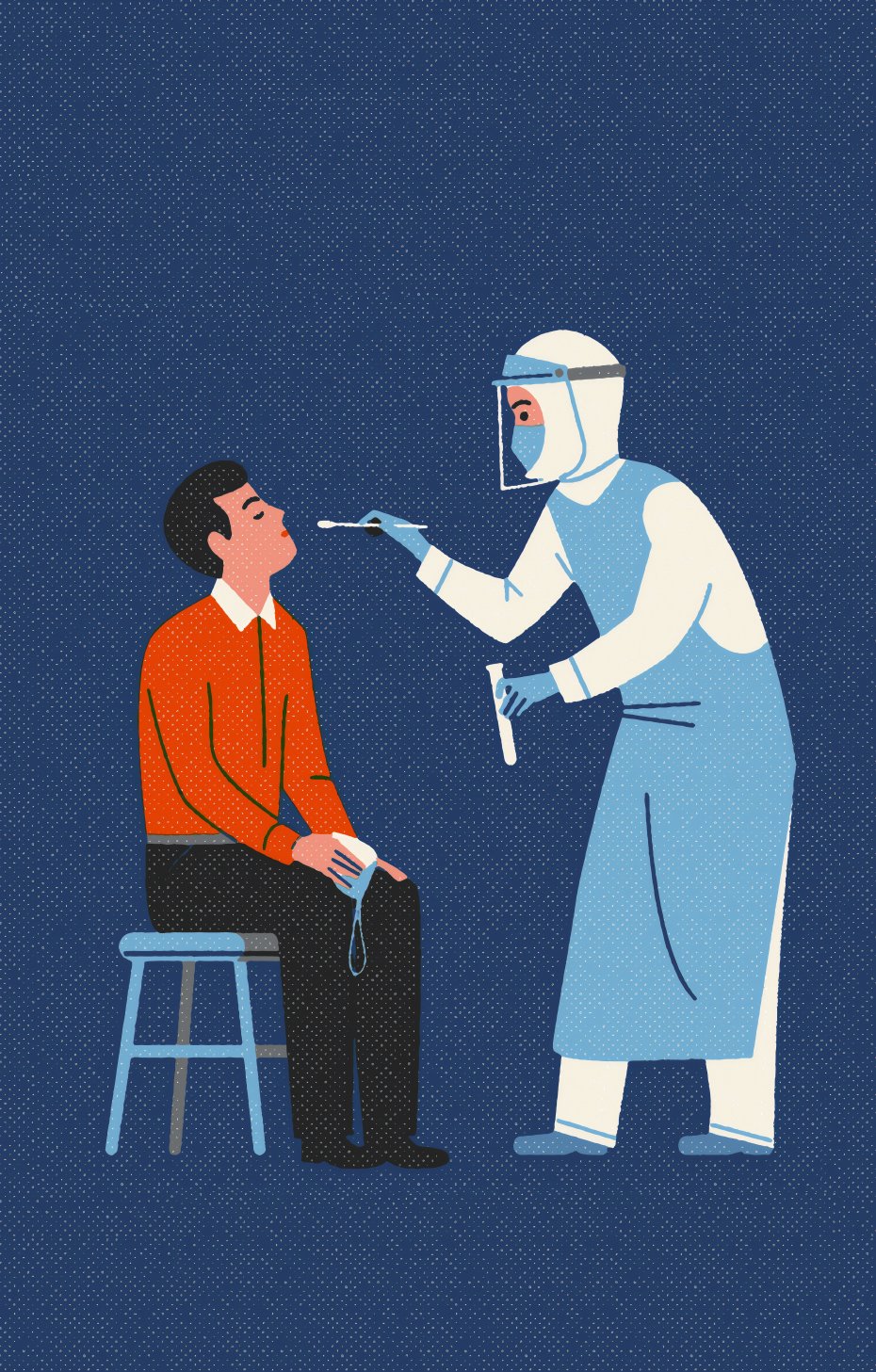CREW 2020 Benchmark Study: Gender and Diversity in Commercial Real Estate
CREW Network’s fourth benchmark study was conducted in 2020 to measure progress for women over the last 15 years, capture critical industry-wide data, and benchmark diversity, equity and inclusion (DEI) in commercial real estate (CRE).
COVID-19: How Business Can Support Women in Times of Crisis
Many of the impacts of the COVID-19 pandemic are hitting women disproportionately hard. Women are more likely than men to work in low-paying, insecure and informal jobs. Women also make up the majority of health professionals and essential workers at the frontlines of the COVID-19 response, risking their health and safety, as well as those of their families.
Women in the Workplace 2019
This year, 329 companies employing more than 13 million people shared their pipeline data or completed a survey of their HR practices. In addition, more than 68,500 employees were surveyed on their workplace experiences, and we interviewed women and men of different races and ethnicities, LGBTQ women and men, and women with disabilities at all levels in their organizations
for additional insights.
Our 2019 findings build on our data from the last four years, as well as similar research conducted by McKinsey & Company in 2012.
Women in the Workplace 2018
For the last four years, companies have reported that they are highly committed to gender diversity. But that commitment has not translated into meaningful progress.
Women continue to be vastly underrepresented at every level. For women of color, it’s even worse. Only about one in five senior leaders is a woman, and one in twenty-five is a woman of color.
Progress isn’t just slow—it’s stalled. And we know why.
Women in the Workplace 2016
In corporate America, women fall behind early and continue to lose ground with every step
The impact of Covid-19 on gender equality
The economic downturn caused by the current Covid-19 outbreak has substantial implications for gender equality, both during the downturn and the subsequent recovery. Compared to ‘regular’ recessions, which affect men’s employment more severely than women’s employment, the employment drop related to social distancing measures has a large impact on sectors with high
female employment shares. In addition, closures of schools and daycare centers have massively increased child care needs, which has a particularly large impact on working mothers. The effects of the crisis on working mothers are likely to be persistent, due to high returns to experience in the labour market. Beyond the immediate crisis, there are opposing forces which may ultimately promote gender equality in the labour market.
Ninety percent of Iceland’s women walked off the job in 1975, and the country came to a halt
When 90 percent of Icelandic women refused to work, and the country fell into chaos, they had succeeded.
On Friday, October 24, 1975, telephone lines went down; families scrounged for food; theaters cancelled performances; even the following day’s newspaper was half its average length. On an island with just 220,000 inhabitants, the country simply could not go on without the help of women.
One year after the strike, Iceland formed the Gender Equality Council and passed the Gender Equality Act against discrimination in the workplace. Four years after that, Finnbogadottir was elected president. She called Women’s Day Off a watershed moment for women’s emancipation, and she stood as one of its major symbols of progress. “The finger was pointed at me and I accepted the challenge,” she recalled.
New Goldman Sachs dress code points to a sartorial double standard in the workplace
Goldman Sachs, one of the last bastions of crisp-collared, bespoke-suited workplace attire, has loosened up. It announced an official “firm-wide flexible dress code” earlier this month. And at last — after the long, slow undoing of corporate formality — business casual seems to have triumphed in the American workplace. But for women and minorities who have been playing corporate catch-up for decades, a more casual dress code presents its own complications. Women at work who feel pressure to prove they deserve to be in the room might be wary of ditching their blazers and pumps.









